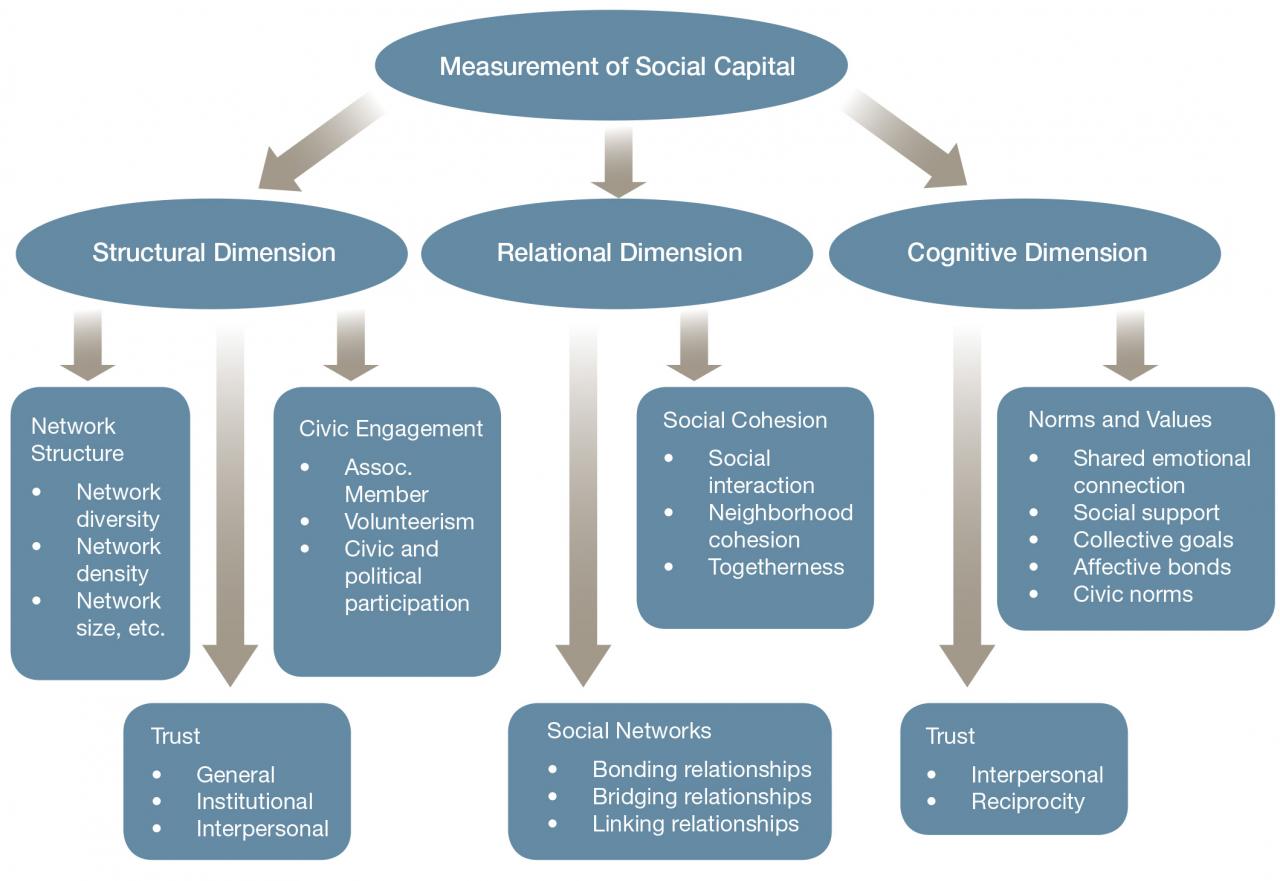
Capitol Measurement: A Comprehensive Overview and Its Impact explores the historical significance, architectural features, and symbolic meaning of the Capitol building in American governance. Delving into its evolution, influence on architectural design, and applications in the digital age, this article provides a captivating journey into the intricacies of this iconic structure.
The Capitol building stands as a testament to American democracy, its design embodying the principles of balance of power and separation of branches. Its dimensions, proportions, and layout convey powerful messages about the nation’s values and aspirations.
Capitol Measurement: A Comprehensive Overview
The United States Capitol Building, an architectural masterpiece and a symbol of American democracy, is a testament to the nation’s history, governance, and architectural prowess. Its dimensions, design elements, and intricate details hold profound symbolic meanings and have significantly influenced architectural design throughout history.
Historical Significance and Architectural Features
The Capitol, designed by renowned architect William Thornton, was constructed between 1793 and 1830. Its neoclassical style, inspired by ancient Greek and Roman architecture, exudes grandeur and authority. The building’s central dome, rising above the Capitol’s rotunda, represents the unity and sovereignty of the nation.
The Capitol houses the chambers of the United States Congress, the Senate, and the House of Representatives. The Senate chamber is located on the north wing, while the House chamber is on the south wing. Both chambers are designed with semi-circular seating arrangements, symbolizing equality among the members.
The Symbolic Meaning of Capitol Measurement
The dimensions and proportions of the Capitol are imbued with symbolic significance. The building’s height, width, and length reflect the number of states in the Union at the time of its construction. The dome’s diameter, representing the authority of the federal government, is equal to the combined diameters of the domes of the Senate and House chambers, symbolizing the balance of power between the branches of government.
Symmetry and asymmetry play a crucial role in conveying the Capitol’s symbolic messages. The symmetrical arrangement of the Senate and House chambers emphasizes their equal status. However, the asymmetry of the Capitol’s facade, with its central portico flanked by wings of different sizes, reflects the dynamic nature of American democracy.
The Evolution of Capitol Measurement
Over the years, the Capitol has undergone several expansions and modifications. In the 1850s, the dome was enlarged to accommodate the growing number of states. In the 1950s, the east and west wings were extended to create additional office space for members of Congress.
These changes reflect the evolving needs of the nation and the changing role of Congress. The Capitol’s adaptability demonstrates its enduring significance as a symbol of American democracy.
The Impact of Capitol Measurement on Architectural Design
The Capitol’s design has had a profound influence on public buildings and architectural projects across the United States. Its neoclassical style and imposing presence have been adopted and adapted in courthouses, state capitols, and other civic structures.
Examples include the Supreme Court Building in Washington, D.C., and the Pennsylvania State Capitol in Harrisburg, which both feature grand domes and symmetrical facades inspired by the Capitol.
Capitol Measurement in the Digital Age
In the digital age, advanced technologies such as 3D scanning and photogrammetry are being used to document and measure the Capitol with unprecedented accuracy. These techniques provide detailed representations of the building’s dimensions, allowing for precise architectural preservation and restoration.
Virtual tours, enabled by these digital technologies, offer immersive experiences of the Capitol, making it accessible to people around the world.
Wrap-Up

Capitol Measurement: A Comprehensive Overview and Its Impact unveils the multifaceted nature of this architectural masterpiece. From its historical significance to its influence on modern design, the Capitol building continues to captivate and inspire. Understanding its measurements and proportions offers a deeper appreciation of its symbolic and functional importance in American society.
Question Bank: Capitol Measurement
What is the significance of the Capitol building’s dome?
The dome symbolizes the unity and authority of the American government, representing the nation’s aspirations and ideals.
How has the Capitol building evolved over time?
The Capitol has undergone several expansions and modifications to accommodate the growing needs of the government and reflect changing societal values.
What is the role of digital technologies in Capitol measurement?
3D scanning and photogrammetry provide accurate and detailed representations of the Capitol’s dimensions, aiding in preservation, restoration, and virtual tours.





